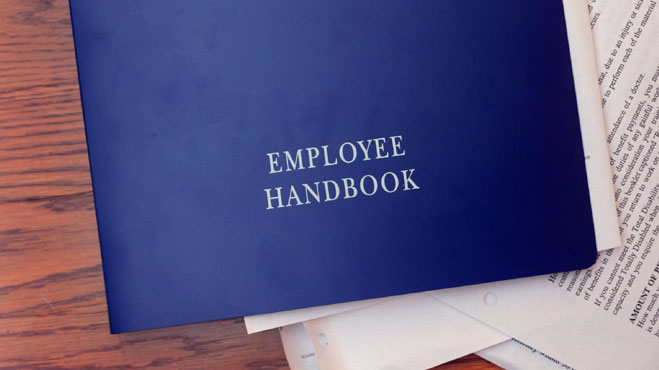
3 Essential HR tips for your Small Business
Human Resources can seem like a minefield of problems, especially for a small business. While this post obviously can’t replace an HR department, it can help you avoid some pitfalls and may serve to ensure that you don’t fall foul of rules and regulations.
Keep reading for some great HR tips for your small business.
Be consistent with all rules and discipline measures
Very little kills morale and motivation more than applying rules and disciplinary measures inconsistently. Employees notice quickly if a co-worker seems to be receiving special treatment. For example, if one employee is always late and nothing seems to happen, while others are disciplined for lateness, this will engender ill will and confusion. Those are not ingredients for a happy workplace.
By the same token, if an employee feels singled out for punishment when others have done the same without incident, this will also affect morale and cause confusion. If there’s no consistency in how rules are applied, the rules might as well not exist. If rules are meant to avoid problems and keep order, then by not applying them consistently, the “rules” will do the opposite, which is not something any business can afford.
But while applying rules consistently is important, so is the way the discipline is applied.
Always use stepped discipline
Stepped discipline is standard, accepted human resource practice. Stepped discipline means starting by clearly stating the rules, expectations and consequences to everyone, and increasing the severity of the discipline if the infractions continue after the first incident. For the first offense, a verbal warning is given (and documented by the supervisor). If the behaviour continues, a written warning is given. If again the behaviour does not cease, depending on the severity or the type of infraction and the value of the employee, a probation period with added training might be applied, with termination being the last resort. All steps need to be clearly documented with dates and times and notes on the conversations.
By following this stepped discipline method, valuable employees who have made a simple mistake are not lost, expectations and consequences are clear (which should reduce infractions), and problem employees are eliminated relatively quickly, while the company is protected from any unfair dismissal lawsuits.
Those two tips sounds simple, don’t they? But sometimes it really isn’t, because anything involving people is never simple. Small businesses especially often fall into the trap of applying rules inconsistently, usually because an employee has a special circumstance such as caring for an ill family member or personal health issues. But since you cannot violate privacy by telling other employees about these special circumstances, gossip and grievance can fill that void of information instead.
The best way to combat this is to be consistent, but one of the great things about being a small business is the ability to be more flexible and to have closer relationships with employees.
Which leads to our final tip…
Have fewer rules
If rules (used correctly) equal order, then how would fewer rules help? As counterintuitive as it may sound, having fewer rules means those few rules stand out more; it will be simpler to train new employees; there’s more time to make sure the rules and consequences are clearly stated, and, consequently, less time will be spent on unnecessary discipline and its associated paperwork.
It also allows for more flexibility and helps employees feel less micromanaged and more trusted and therefore, more empowered and responsible.
Think creatively about what rules can be done away with. For example, is it really vital that all employees start at the same time? Some people prefer earlier start times so they can leave earlier while others are most productive with a later start time. Companies that have instituted voluntary staggered schedules have shown less lateness and absenteeism. Similarly, allowing for occasional flexibility with scheduling to allow for family or household responsibilities (as long as this option is available to everyone when needed) has shown the same results.
Are there other rules that are outdated or obsolete? For example, can your dress codes be simplified?
Think of ways to achieve the same results without a rule. Ask employees for their input. Employees can also be invaluable at helping to spot obsolete or useless rules.
And by getting their input, employees will feel respected and valued and there will be better buy-in for the improved, overhauled rules. Which will mean even fewer rule infractions.
Implementing these three tips won’t solve all your HR problems, but it will definitely reduce them, leaving you to get on with what you do best – running your business!






Leave a Reply
You must be logged in to post a comment.